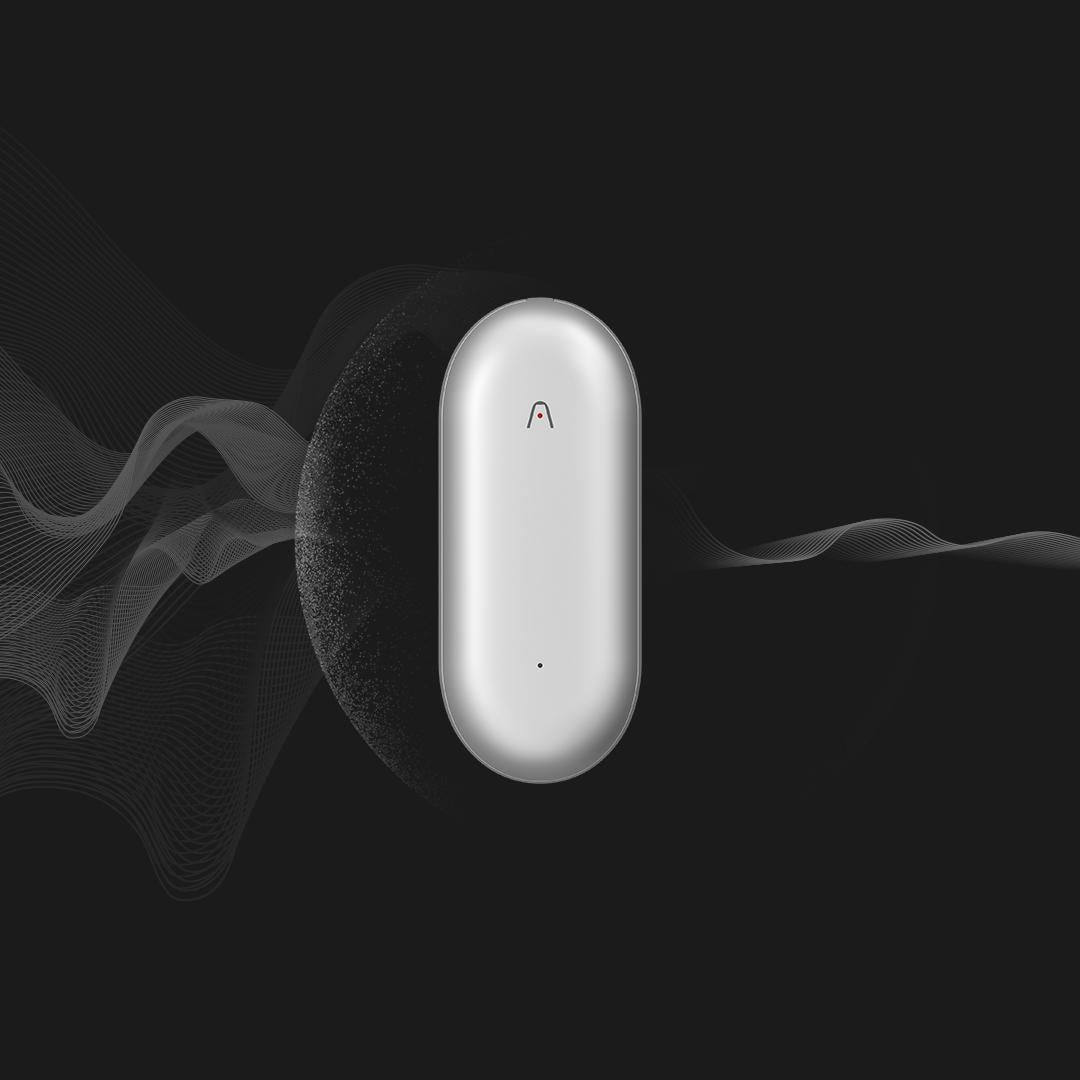Unlock Your Productivity: Discover the Ultimate Note-Taking Device for Your Needs!
In today's fast-paced world, note-taking devices have become essential tools for enhancing productivity and organization. Whether you're a student trying to keep track of lectures, a professional jotting down meeting notes, or a creative individual capturing ideas on the go, the right note-taking device can significantly improve your workflow. With a plethora of options available, from digital tablets to traditional notebooks, each caters to different needs and preferences. As technology evolves, so do the tools at our disposal, making it crucial to find a device that aligns with your unique style and requirements.

Understanding Your Note-Taking Needs
When it comes to selecting a note-taking device, understanding your specific needs is paramount. Start by considering the primary purpose of the device. Are you looking for something to take notes during classes or meetings? Or perhaps you want a device to sketch and create? Portability is another critical factor; if you are always on the move, a lightweight and compact device will serve you better. Additionally, think about your personal preferences—do you prefer the tactile sensation of writing on paper, or are you comfortable typing on a screen? Taking the time to evaluate these factors will help narrow down your choices and lead you toward the device that best suits your lifestyle.
Types of Note-Taking Devices
There are several types of note-taking devices available, each offering distinct advantages and disadvantages. By exploring these options, you can find the one that aligns with your note-taking style.
Digital Tablets
Digital tablets have gained immense popularity due to their versatility and advanced features. With stylus compatibility, these devices allow for a natural writing experience, closely mimicking traditional writing. Many tablets offer app integration, which enables users to organize, edit, and share notes effortlessly. Cloud storage options mean that your notes are accessible from anywhere, ensuring you never lose important information. However, it's essential to consider battery life and the learning curve associated with using digital devices.
Traditional Notebooks
On the other hand, traditional notebooks offer a unique set of benefits. The act of writing by hand has been shown to enhance memory retention, making it an excellent choice for students. The tactile experience of pen on paper can also be more satisfying for many users. Additionally, traditional notebooks don't require charging or updates, making them a hassle-free option. However, organizing and accessing notes can be more challenging compared to digital formats.
Hybrid Options
For those who want the best of both worlds, hybrid options, such as smart notebooks, are an exciting choice. These devices allow users to write on paper while digitizing their notes simultaneously. This means you can enjoy the benefits of traditional writing while also having easy access to your notes in a digital format. However, they may be pricier than their purely digital or traditional counterparts.
Key Features to Look For
When choosing a note-taking device, several key features should be at the forefront of your decision-making process. Battery life is crucial for digital devices, as you don't want to be caught without power during a critical moment. Ease of use is another important consideration; the device should feel intuitive and comfortable to use. Additionally, think about available accessories, such as styluses or specialized paper. These features can significantly impact your overall productivity, making it easier to focus on your work rather than the tools you're using.
Tips for Effective Note-Taking
Effective note-taking goes beyond having the right device; it involves adopting strategies that enhance retention and organization. One effective method is to use headings and bullet points to structure your notes, making them easier to review later. Summarization techniques, such as paraphrasing key points in your own words, can also help reinforce understanding. Additionally, leverage technology by using apps that allow for tagging or searching your notes, ensuring you can easily find critical information when needed.
Choosing the Right Note-Taking Device for You
In conclusion, finding the right note-taking device tailored to your individual needs is essential for maximizing productivity. Consider your personal preferences, the type of notes you take, and the features that matter most to you. Whether you lean towards digital, traditional, or hybrid devices, the goal is to enhance your workflow and make note-taking a seamless part of your routine. Take the time to explore your options, and you'll be well on your way to unlocking your productivity potential.










Comments